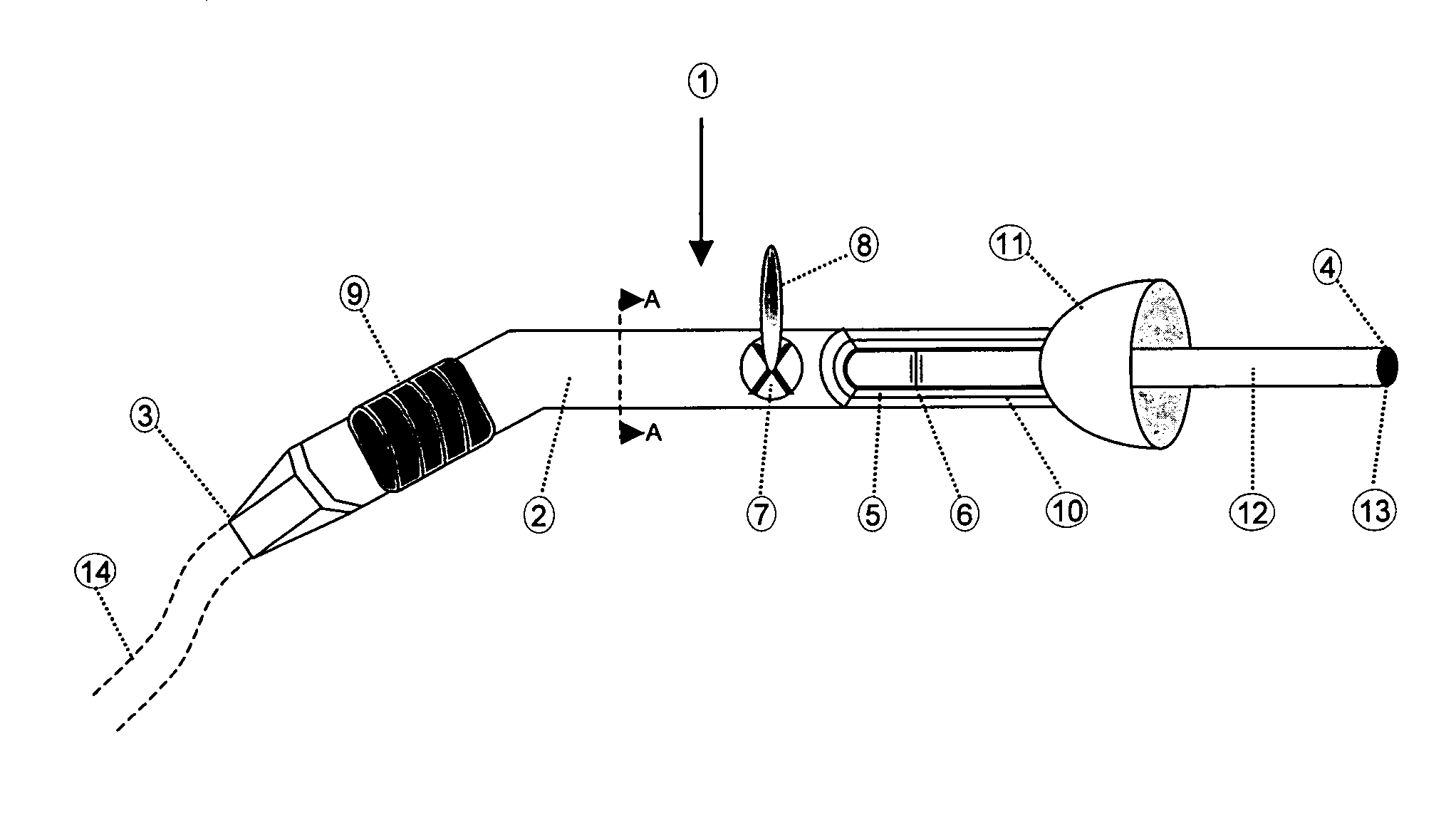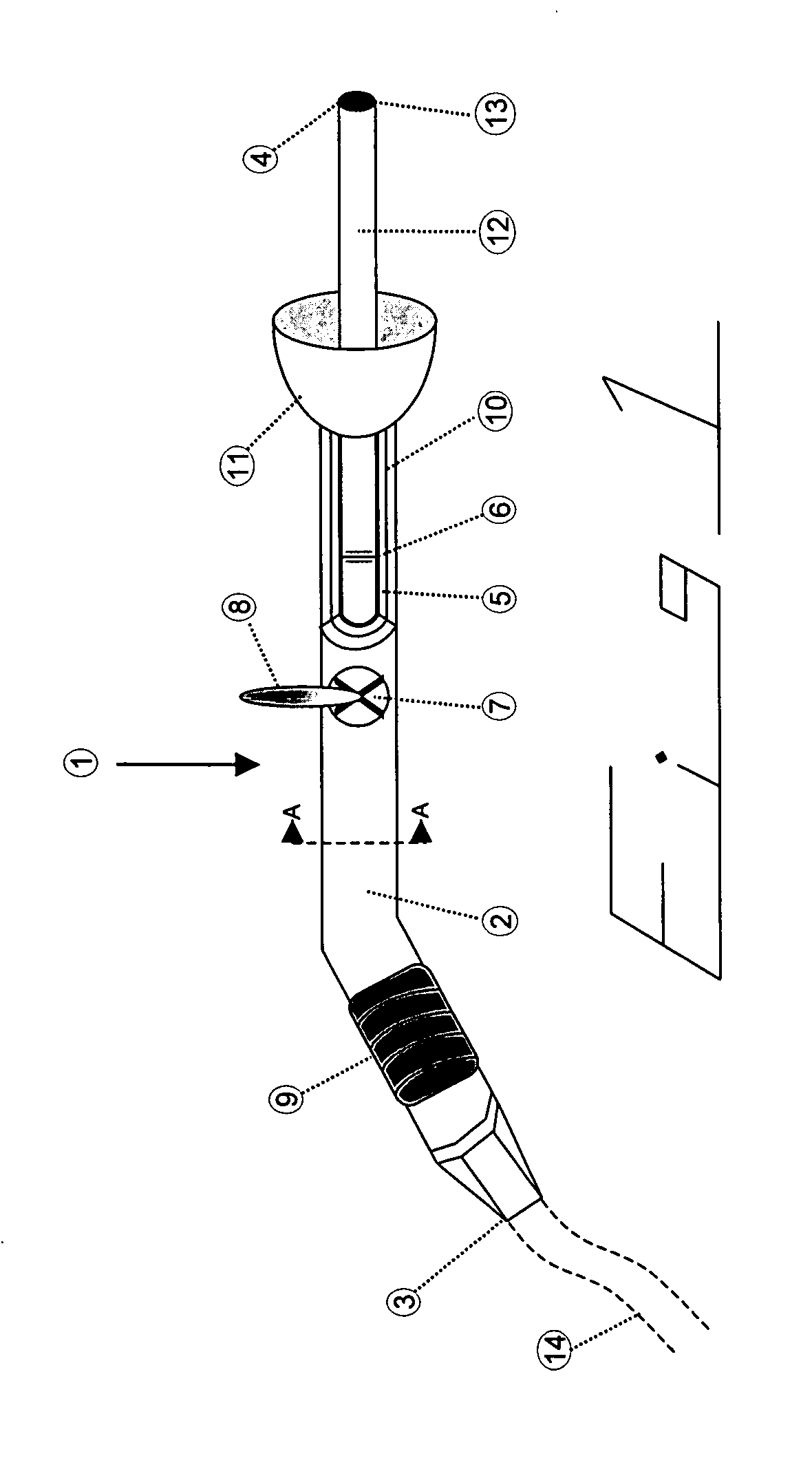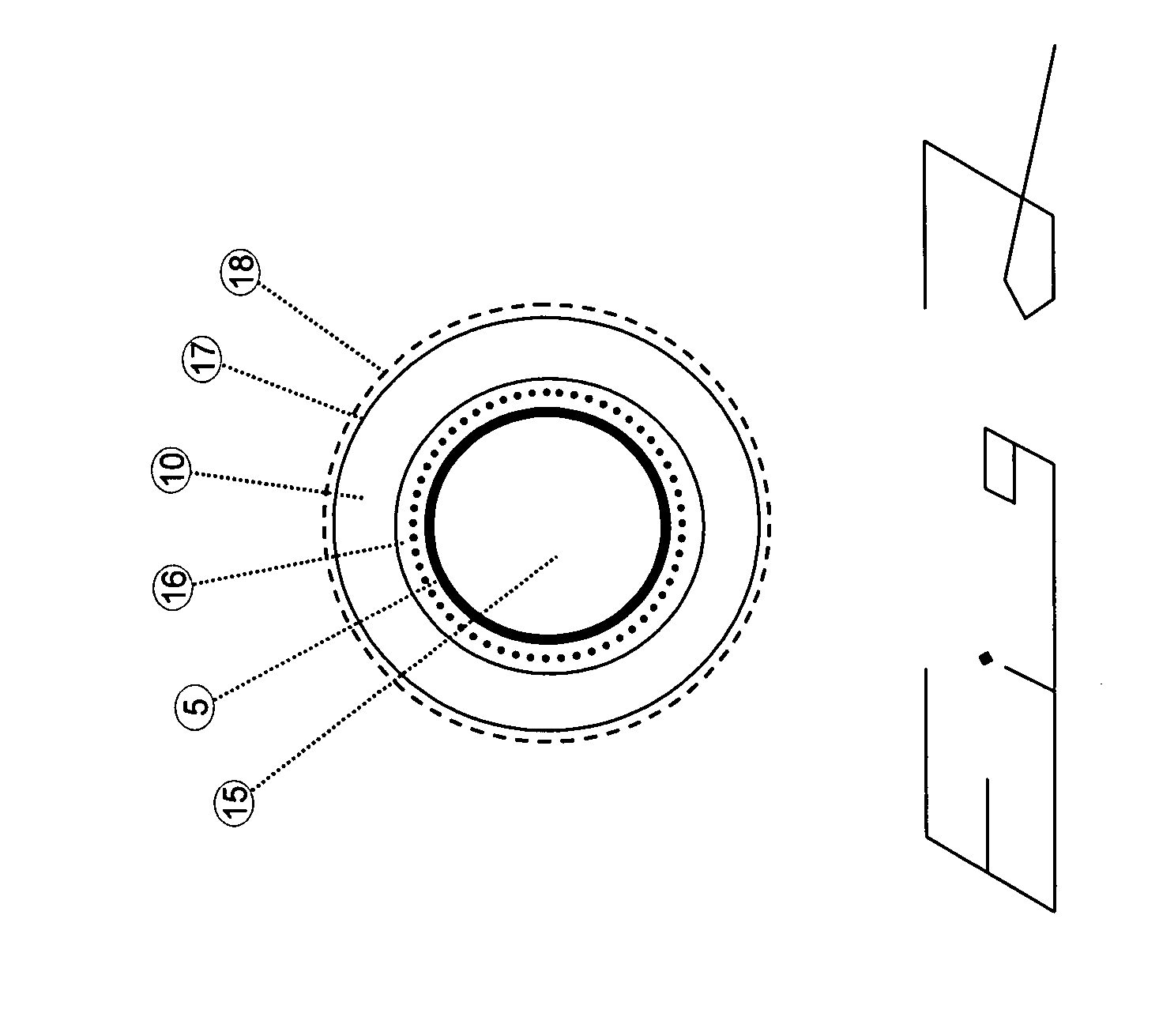Structural fires often take a substantial time to extinguish and often the water does not extinguish the fire until a significant portion of the structure has been destroyed.
Furthermore, the portion of the structure that survives the fire often has serious
water damage requiring extensive renovation and repair.
Water damage is particularly costly in buildings where large quantities of paper records, rare artwork, and / or computers are kept.
Other kinds of sensitive equipment are also heavily damaged by water.
Fires in commercial or industrial areas often take the form of hazardous materials fires.
These fires are typically very difficult to extinguish using water and standard fire engines / pumpers.
The fires will often burn hotly enough that they cannot be cooled below the
ignition point by the application of water.
Also, many flammable liquids, such as
gasoline, will float on water so that the fire will continue to burn, and will actually be spread by the water to enlarge the fire.
Flammable metals, such as
magnesium, are extremely difficult to extinguish because of their very
high heat of
combustion and their reactivity towards water.
Airplane fires are also especially dangerous, due to the huge volume of easily combustible fuels present that forms explosive mixtures with air.
Today's firefighters already risk their lives while attempting to put out typical residential structural fires.
Furthermore, hazardous materials fires cause large amounts of damage because they often burn for several days and consume the whole initial structure as well as adjacent structures.
Additionally these fires are quite expensive to put out because several to several dozen fire companies will typically respond.
Quite often, these fires cause buildings to collapse which can result in fatalities.
Large financial damages are incurred by several groups, including building owners, insurance companies, fire companies, tenants, company shareholders, neighbors, and others.
During a spill, any of a variety of hazardous chemicals may be released into the environment, thereby endangering nearby people, residential areas, plants, and animals in the environment.
Containing and cleaning up these spills and releases are quite difficult.
There is no safe way to collect and neutralize these hazardous clouds currently.
These spills are very hazardous due to their propensity to evaporate and form a low
lying vapor cloud, which often will catch fire via a vapor flash from surrounding sources of ignition, such as sparks, running or hot engines, electrical supply devices, and others.
The
absorbent material is stored, and can be hazardous, taking on similar properties to the absorbed liquid, including being flammable, corrosive, etc.
Most hazardous materials spills are dealt with in an inadequate manner today, allowing for continued
hazard within the spill area and continued potential for
contamination of the surrounding area.
The prior art has exhibited a variety of problems, issues, and drawbacks which have prevented their acceptance and use.
The prior systems described often take the form of a permanent installation attached to a building, thereby limiting the usage to just that structure.
Some other systems described have been quite complex, bulky, and difficult to transport to the location where they are needed, thereby preventing acceptance and usage by fire departments.
Often many operators are required; and the control of the apparatus is a complex and difficult job, in some cases requiring the use of large turbines, pumps,
combustion chambers, mixing of toxic or corrosive liquids and gases, or other burdensome equipment or procedures.
These large, complex, and / or otherwise immobile setups have very high costs as an additional drawback.
The use of explosives is inherently dangerous, such that few, if any, firefighters want to use them.
Additionally, the usefulness of igniting a
high energy incendiary device within an existing structural fire is quite suspect, in as much as a
high energy explosion may actually make the overall conflagration much worse.
These above described
firefighting technologies often have shortcomings rendering them ineffectual.
Often a hazardous materials fire will burn for several days in
spite of the application of one or more of these agents.
Additionally these
chemical agents each have a set of shortcomings such that no one agent is effective against all hazardous materials fires and chemical spills.
These shortcomings include the inability to cool a fire rapidly, failing to prevent air from reaching a fire, being unable to reduce the hazardous nature of a chemical spill, the inability to neutralize toxic or corrosive gas clouds, failing to protect an area from additional damage, being difficult to
clean up afterwards, being harmful to the environment, and being harmful to people and animals.
 Login to View More
Login to View More  Login to View More
Login to View More 


